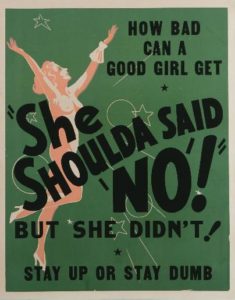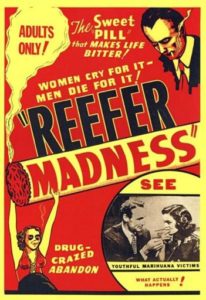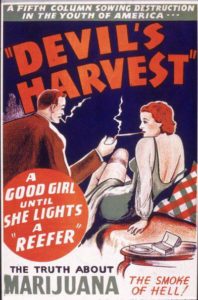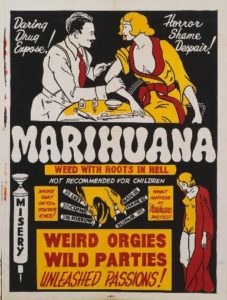8000 BCE (Ancient Taiwan)
The Cannabis (Hemp) plant evolved from Northern China at the dawn of civilization, and is believed to be the first cultivated fiber plant. The earliest archaeological record of the use of fiber from Cannabis was in China twelve thousand-years ago. Archaeologist unearthed an old Neolithic site at Yuan-Shan, and among the remains dug up included pottery with hemp cord markings on it along with a rod-shaped stone beater, used to pound hemp. Cannabis (Hemp) was also used to make items such as fishing nets, rope, clothes, and paper. The Chinese are thought to have invented hemp paper. Cannabis seeds were used for food, as was cannabis oil, in China. Finding hemp use and cultivation in this date range puts Cannabis as one of the first and oldest known human agriculture crops.
As explained by Richard Hamilton in the 2009 Scientific American article on sustainable agriculture "Modern humans emerged some 250,000 years ago, yet agriculture is a fairly recent invention, only about 10,000 years old ... Agriculture is not natural; it is a human invention. It is also the basis of modern civilization." This point was also touched on by Carl Sagan in 1977 when he proposed the possibility that marijuana may have actually been world's first agricultural crop, leading to the development of civilization itself.

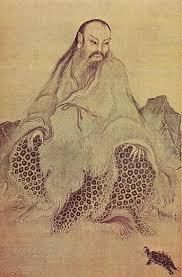
Emperor Fu Hsi (2900 BCE)
The earliest known use of cannabis for its medicinal properties can be traced back to ancient China. The Chinese Emperor Fu Hsi, whom the Chinese credit with bringing civilization to China, made references to “Ma”, the Chinese word for Cannabis, noting that Cannabis was a very popular medicine that possessed both yin and yang." These discoveries continued through Chinese history, causing marijuana to be referenced by other emperors and medicinal records as a plant with "healing" properties.
Emperor Shen Nung (2700 BCE)
(Shen Nung) 2700 BCE
Chinese Emperor Shen Nung (Chen Nung), is said to have discovered the healing properties of Cannabis as well as those of two other mainstays of Chinese herbal medicine, ginseng and ephedra. The focus was on its powers as a medication for rheumatism, menstrual problems, gout, malaria, and oddly enough, absent-mindedness. Considered the Father of Chinese Medicines and the patron of all herbalists and apothecaries as well as the author of The Great Herbal aka Pen T’sao. A book which, while probably modified from its original version, is still in use today, by practitioners of Traditional Chinese Medicine.
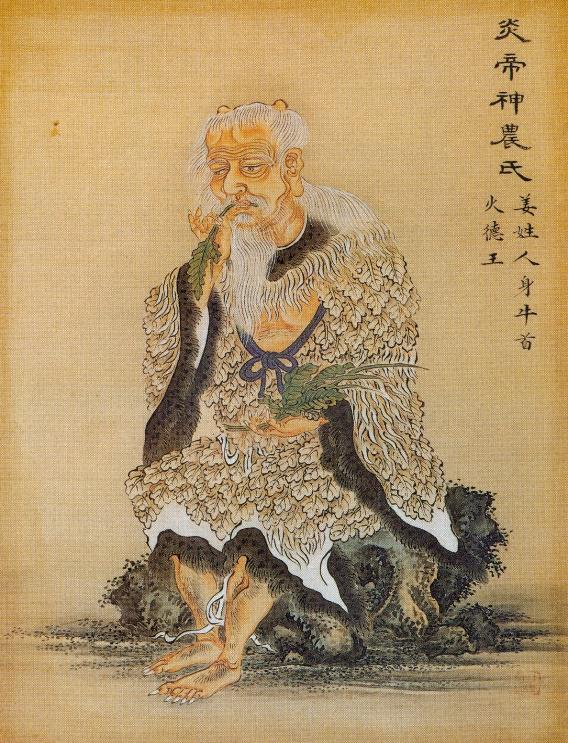
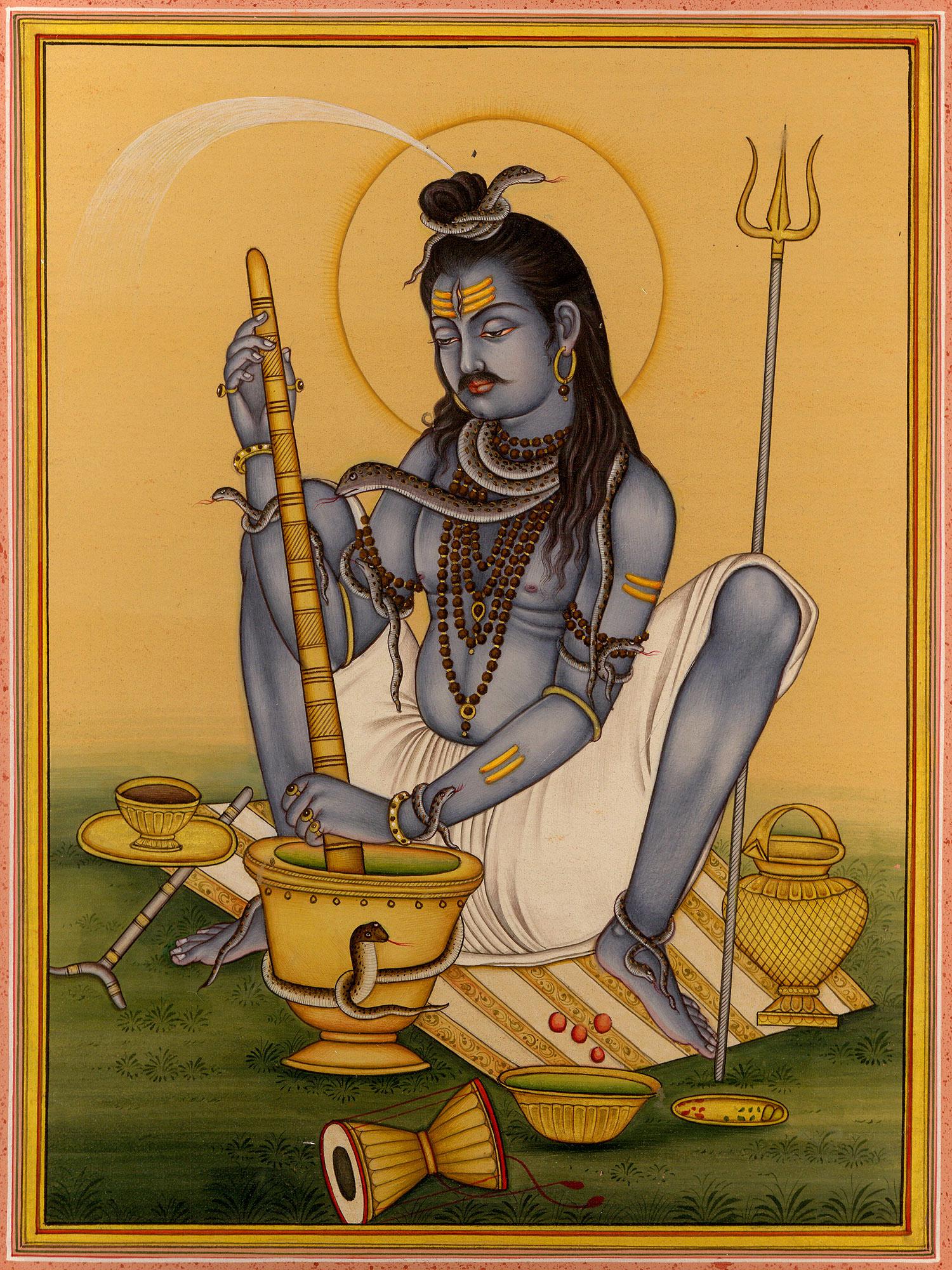
Lord Shiva (2000 BCE)
Cannabis has a long history in India, veiled in legends and religion. The earliest mention of cannabis has been found in The Vedas, or sacred Hindu texts. These writings may have been compiled as early as 2000 to 1400 B.C. The Vedas call cannabis a source of happiness, joy-giver, liberator that was compassionately given to humans to help us attain delight and lose fear. Ancient texts from India state that the psychoactive properties of the plant were recognized, but doctors still used the plant to help treat a range of ailments. Some of the conditions that cannabis was used for include aches or pains, insomnia, as well as many gastrointestinal disorders.
Bhang (dried cannabis leaves, seeds and stems) is mentioned in the Hindu sacred text Atharvaveda (Science of Charms) as "Sacred Grass", one of the five sacred plants of India. It was used medicinally and ritually as an offering to Shiva. Cannabis was used for medical and religious reasons in ancient India. Bhang, a cannabis drink generally mixed with milk, is used as an anesthetic and anti-phlegmatic in India.
Shiva “The Lord Of Bhang”
The Hindu god Shiva is frequently associated with cannabis, called Bhang in India. According to legend, Shiva wandered off into the fields after an angry discourse with his family. Drained from the family conflict and the hot sun, he fell asleep under a leafy plant. When he awoke, his curiosity led him to sample the leaves of the plant. Instantly rejuvenated, Shiva made the plant his favorite food and he became known as the “Lord of Bhang”.
Cannabis In Africa (2000BCE )
Around 2000BCE, the Ancient Egyptians were using Cannabis to treat sore eyes. Prescriptions for cannabis in Ancient Egypt include treatment for the eyes (glaucoma), inflammation, and cooling the uterus, as well as administered as a suppository to treat hemorrhoids. The Ebers Papyrus (Named after the German Egyptologist who purchased it in Thebes in 1873), is among the oldest and most important medical papyri of ancient Egypt. The Ebers papyri suggests a number of remedies, including ground corn, celery ground in cow’s milk and Cannabis ground in honey. All of which was said to have been inserted into the vagina. Other Ancient Egyptian Papyri that mention medical Cannabis are the Ramesses III Papyrus (1700BCE), The Berlin Papyrus (1300BCE) and the Chester Beatty Medical Papyrus VI (1300BCE).
Cannabis pollen was found on the mummy of Ramesses II, who died in 1213 BCE.
By the 13th Century, Cannabis would later spread throughout Africa from Egypt to Ethiopia and then the Mozambique.
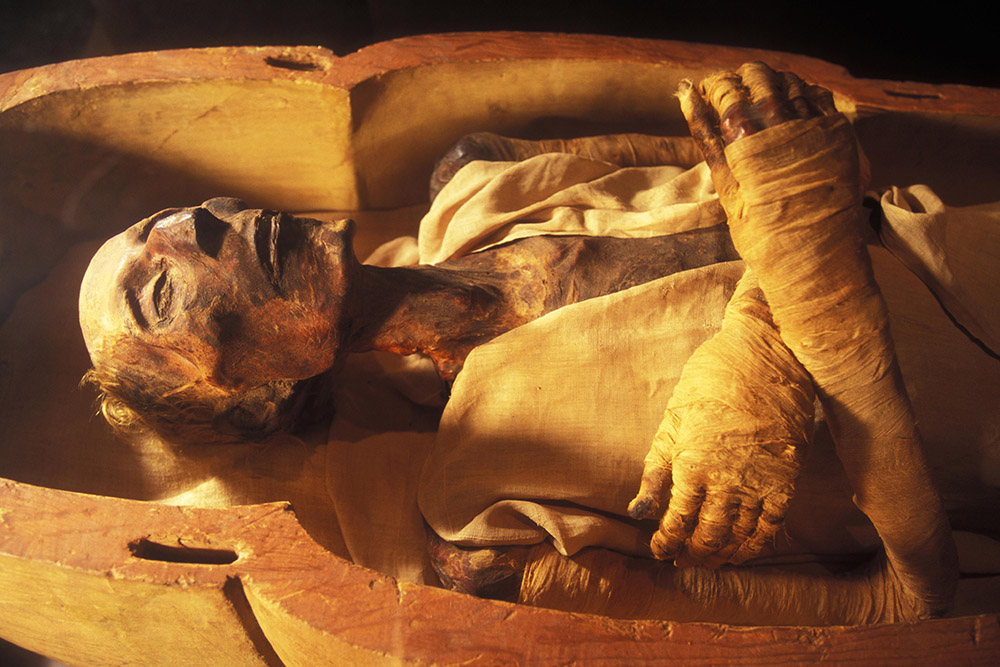
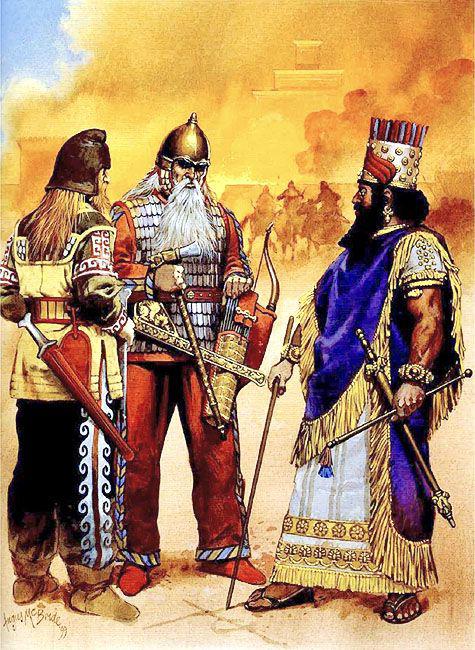
Hemp in Northern Europe (500 – 300BCE)
Cannabis (Hemp) is believed to have made its way to Northern Europe via the Scythians, a large group of Iranian Eurasian nomads, who created what has been referred to as the first Central Asian nomadic empire. Renown Greek historian Herodotus, was the first to record reports on both ritual and recreation use of Cannabis by the Scythians (Herodotus The Histories 430 B.C. trans. G. Rawlinson). He writes…
“After the burial the Scythians cleanse themselves as follows: they anoint and wash their heads and, for their bodies, set up three poles leaning together to a point and cover these over with wool mats then, in the space so enclosed to the best of their ability, they make a pit in the center beneath the poles and the mats and throw red-hot stones into it. . . . The Scythians would then take the seed of this κάνναβις (kannabis) and, crawling into the tents, throw it on the red-hot stones, where it smolders and sends forth such fumes that no Greek vapor-bath could surpass it. The Scythians howl in their joy at the vapor-bath”
A gravesite discovered in the late 1940s, in Pazyryk, northwest of the Tien Shan Mountains in modern-day Kazakhstan was of a Scythian couple, buried with two small tents covering containers for burning incense. Attached to one tent stick was a decorated leather pouch containing wild Cannabis seeds. This closely matches the stories told by Herodotus.
Moors In Spain (800-900AD)
Cannabis was used medicinally across the Arabic world in Roman times, applied to a wide variety of ailments (from migraines to syphilis) and as an analgesic and anaesthetic. The great ninth-century Islamic physician Rhazès, prescribed it widely. A contemporary, the Arab physician Ibn Wahshiyah, warned of the potential effects of hashish which he wrote was a lethal poison.
700AD
July 751AD “The Battle Of Talas”, a military engagement between Muslim forces against China’s Tang Dynasty. Both forces met in the valley of the Talas River to vie for control over a vast region of central Asia. The battle was a defeat for the Tang Dynasty and marked the end of China’s westward territorial expansion, resulting in Muslim control of the historical “Silk Road” for the next four hundred years. The Battle of Talas plays a key event in the history of Cannabis (Hemp) as many historians believe that Chinese prisoners captured in the aftermath of the battle, divulged the secrets of China’s paper making technology to Muslims Moors, where it would eventually spread into Europe. From an art form, the Moors were able to develop paper making into a major industry using Cannabis (Hemp) and linen rags as a source of fiber.
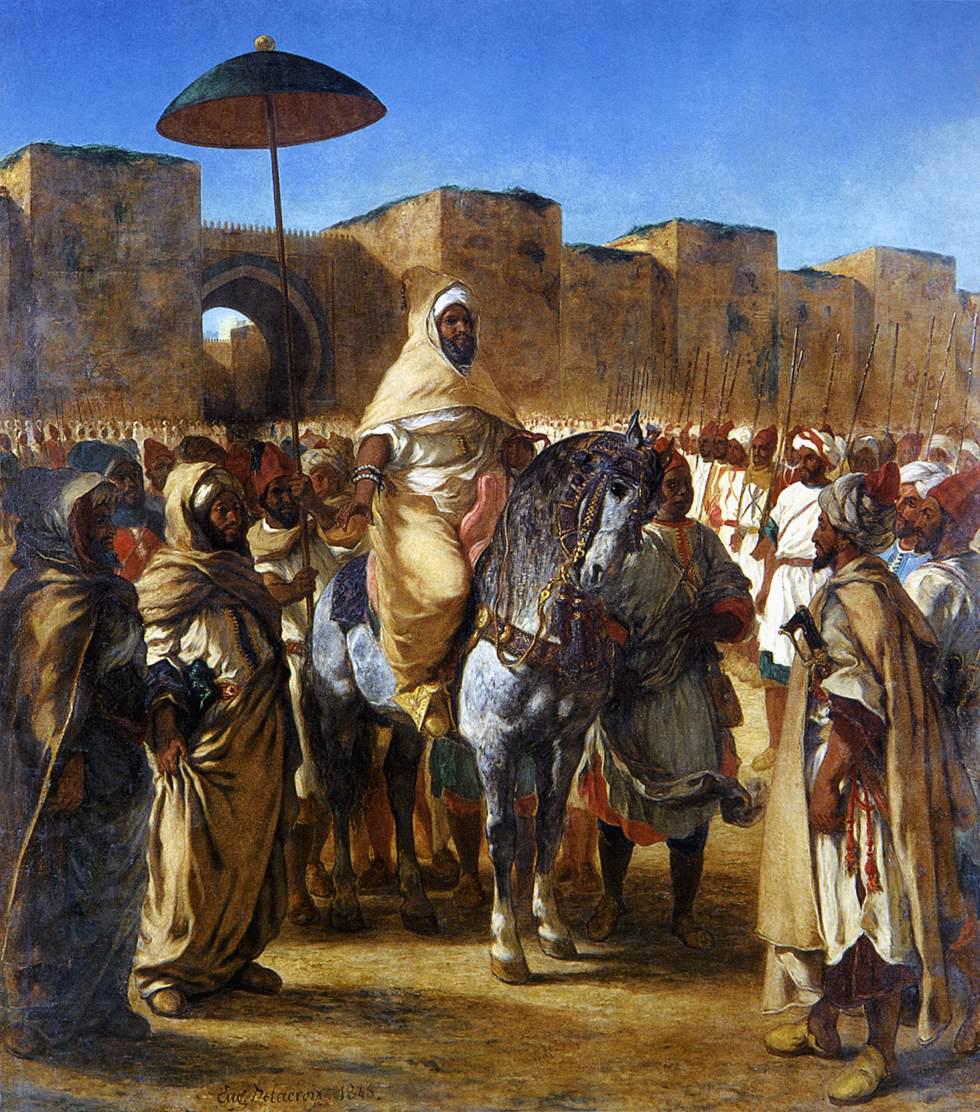
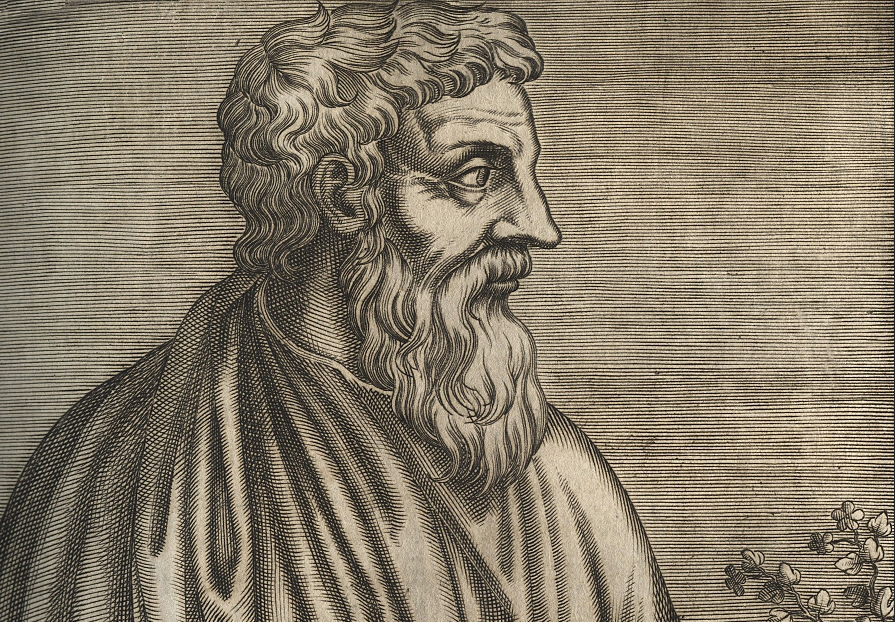
Roman Medical Text Cites Cannabis (70AD)
Pedanius Dioscorides (circa AD 40-90), a Greek physician who was a Roman army doctor and traveled widely on campaigns throughout the Roman empire, studied many plants, gathering his knowledge into a book he titled De Materia Medica (On Medical Matters). Published about AD 70 it became the most important medical tome of the next 1500 years. Irrefutably included in it was cannabis, both kannabis emeros and kannabis agria, the male and female respectively. Dioscorides stated bluntly that the plant which was used in the making of rope also produced a juice that was used to treat earache and suppress sexual longing.
Chinese Surgeon Hua Tuo Uses Cannabis Resin and Wine as Anesthetic – (200)
The early Chinese surgeon Hua Tuo (c. 140-208) is credited with being the first recorded person to use cannabis as an anesthetic. He reduced the plant to powder and mixed it with wine for administration prior to conducting surgery. Hua Tuo also performed surgeries such as "organ grafts, re-sectioning of intestines, laparotomies (incisions into the loin), and thoracotomies (incisions into the chest).
The Chinese term for "anesthesia" (mázui) literally means "cannabis intoxication". Besides being respected for expertise in surgery and anesthesia, Hua Tuo was famous for his abilities in acupuncture and herbal medicine.
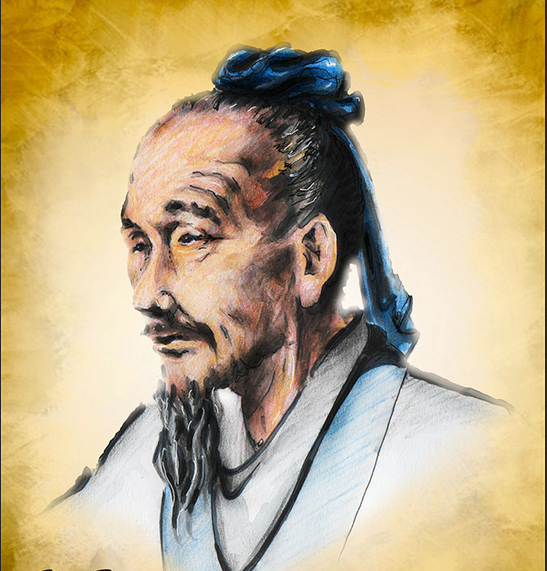
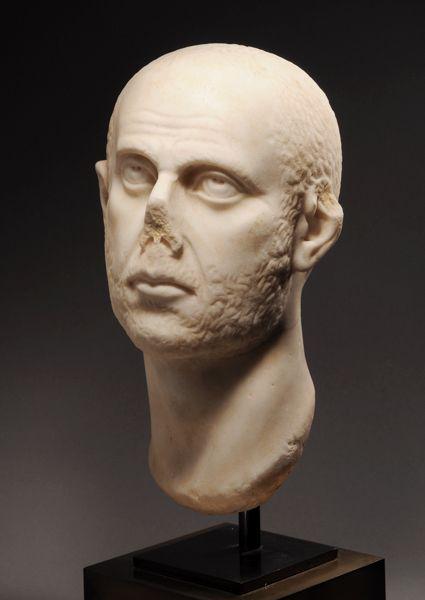
Roman Emperor Lucius Domitius Aurelianus (214 – 275)
In the third century AD, the Roman Emperor Aurelian imposed a tax on Egyptian cannabis.
The Golden Age Of Sail (1000-1400AD)
During the Middle Ages, Europe entered a period of unprecedented colonialism. During This time frame, sails, rope and cordage made from Cannabis (Hemp) begin to appear on Italian Shipping Vessels. Eventually, Hemp sails would replace flax sails as ship builders began realizing that flax sails began rotting after 3 months or less from the ocean’s salt spray.
The European adoption of the lateen (triangular sail) in the Late Middle Ages made ships more maneuverable, thus permitting merchants to sail out of the Mediterranean and into the Atlantic Ocean. First introduced by Mediterranean nations and subsequently copied and improved on by Western Europe, the latten sail is an innovation that would change the course of history. After the triangular sail, galleons with three or four masts became commonplace and European ships began embarking from the safety of their ports to challenge the winds and the oceans of the world.
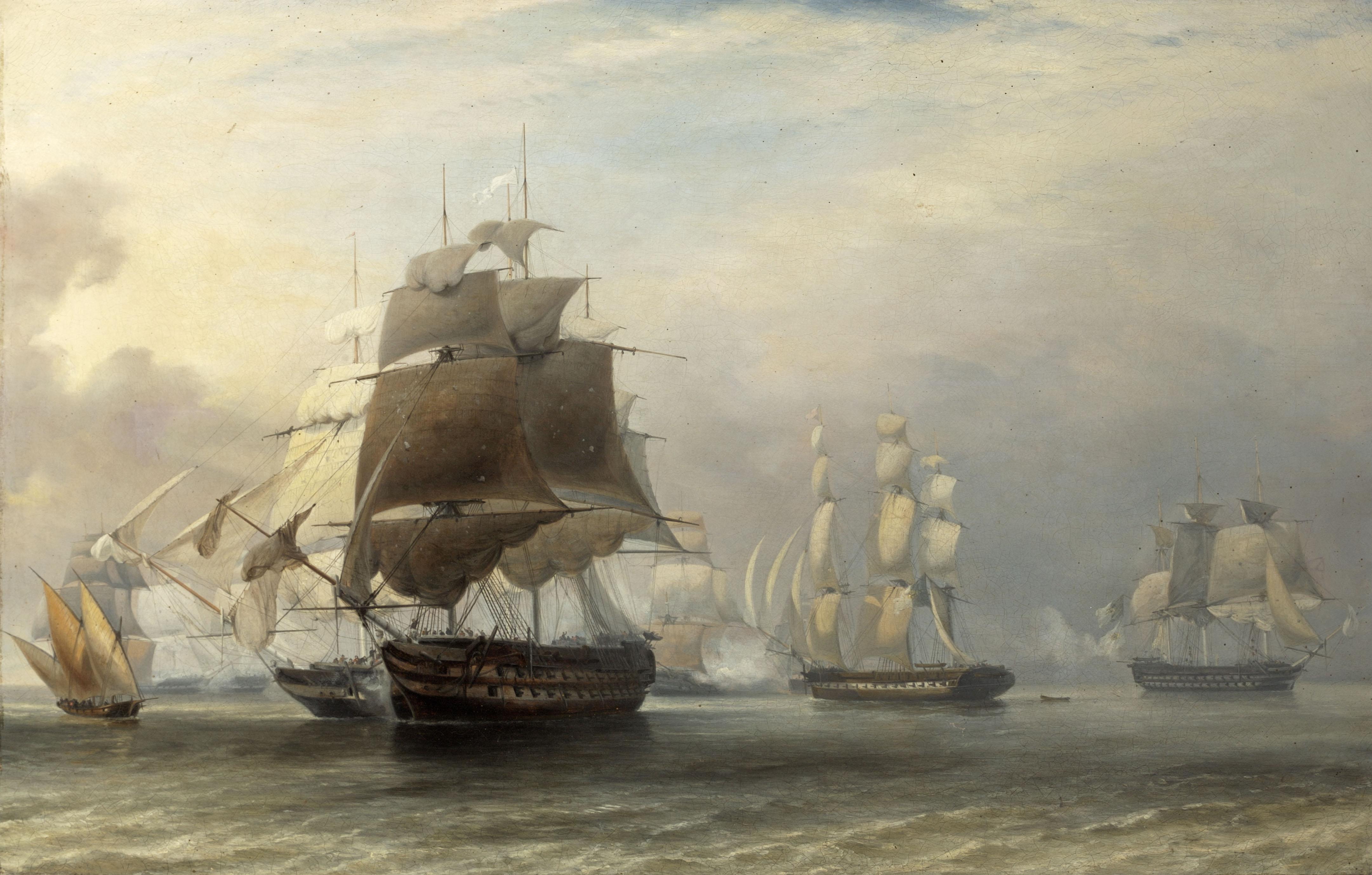
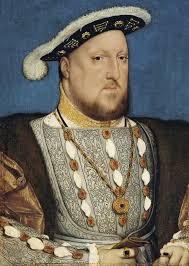
King Henry VIII of England (1500)
In 1533, to satisfy the increased demand for rope and sailcloth for his new navy, King Henry VIII decreed that all landholders set aside one-quarter acre for the cultivation of flax or Cannabis (Hemp) for every sixty acres of land that they tilled in order to provide the necessary fibers.
Queen Elizabeth I (1500)
Thirty years later, in 1563, Queen Elizabeth I reintroduces the law to expand her navy and imposes a £5 fine for any eligible landlord who failed to comply. From then on the demand increased and the hemp industry became very important to the England’s economy.
By the 1600s, the need to improve the supply of this strategic raw commodity (Cannabis Hemp) sped up the European exploration and colonization of the Americas
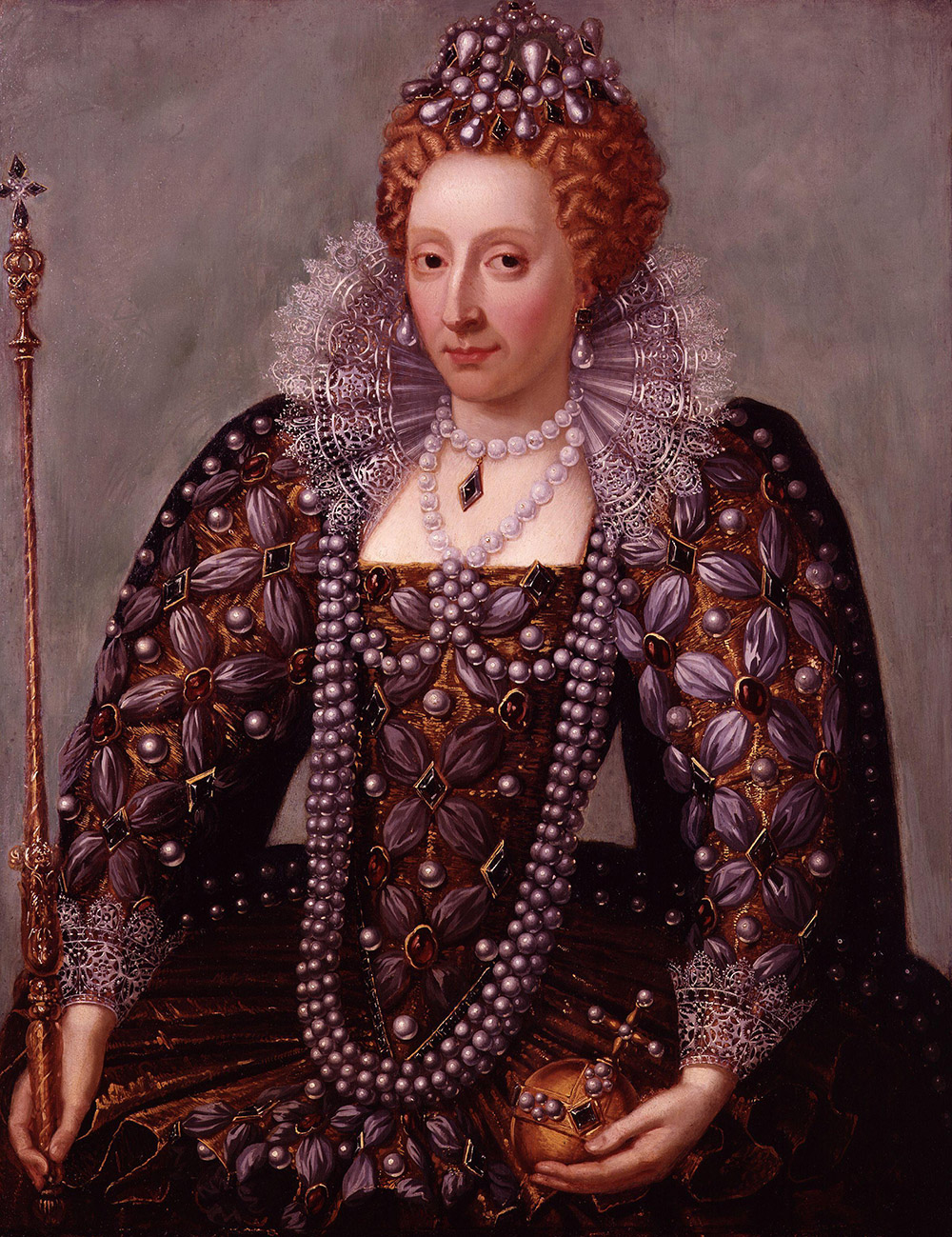

William Shakespeare (1600)
According to the “South African Journal of Science” the results of chemical analyses of plant residues in 'tobacco pipes' from Stratford-upon-Avon and environs, dating to the early 17th century... The pipe bowls and stems had been obtained by Thackeray on loan from the Shakespeare Birthplace Trust in Stratford-upon-Avon. Several of the pipes had been excavated from the garden of William Shakespeare.
Results of this study (including 24 pipe fragments) indicated Cannabis in eight samples, nicotine (from tobacco leaves of the kind associated with Raleigh) in at least one sample, and (in two samples) definite evidence for Peruvian cocaine...
Thackeray (unpublished manuscript) suggests that Shakespeare preferred Cannabis as a stimulant which had mind-stimulating properties."
George Washington (1700 )
George Washington's diary entries indicate that he grew hemp at Mount Vernon, his plantation, for about 30 years from approximately 1745-1775. According to his agricultural ledgers, he had a particular interest in the medicinal use of Cannabis, and several of his diary entries indicate that he indeed was growing Cannabis with a high Tetrahydrocannabinol (THC) content – Marijuana.
“Began to separate the Male and Female hemp at Do.- Rather too late”
“Abt. 6 OClock put some Hemp into the Rivr to Rot”
“The English Hemp i.e the Hemp from the English Seed was picked at Muddy hole today and was ripe. Began to seperate Hemp At the neck”
“Put some Hemp into the Water about 6 Oclock in the Afternoon- Note this Hemp had been pulld the 8th Instt. & was well dryed & took it out again the 26th”

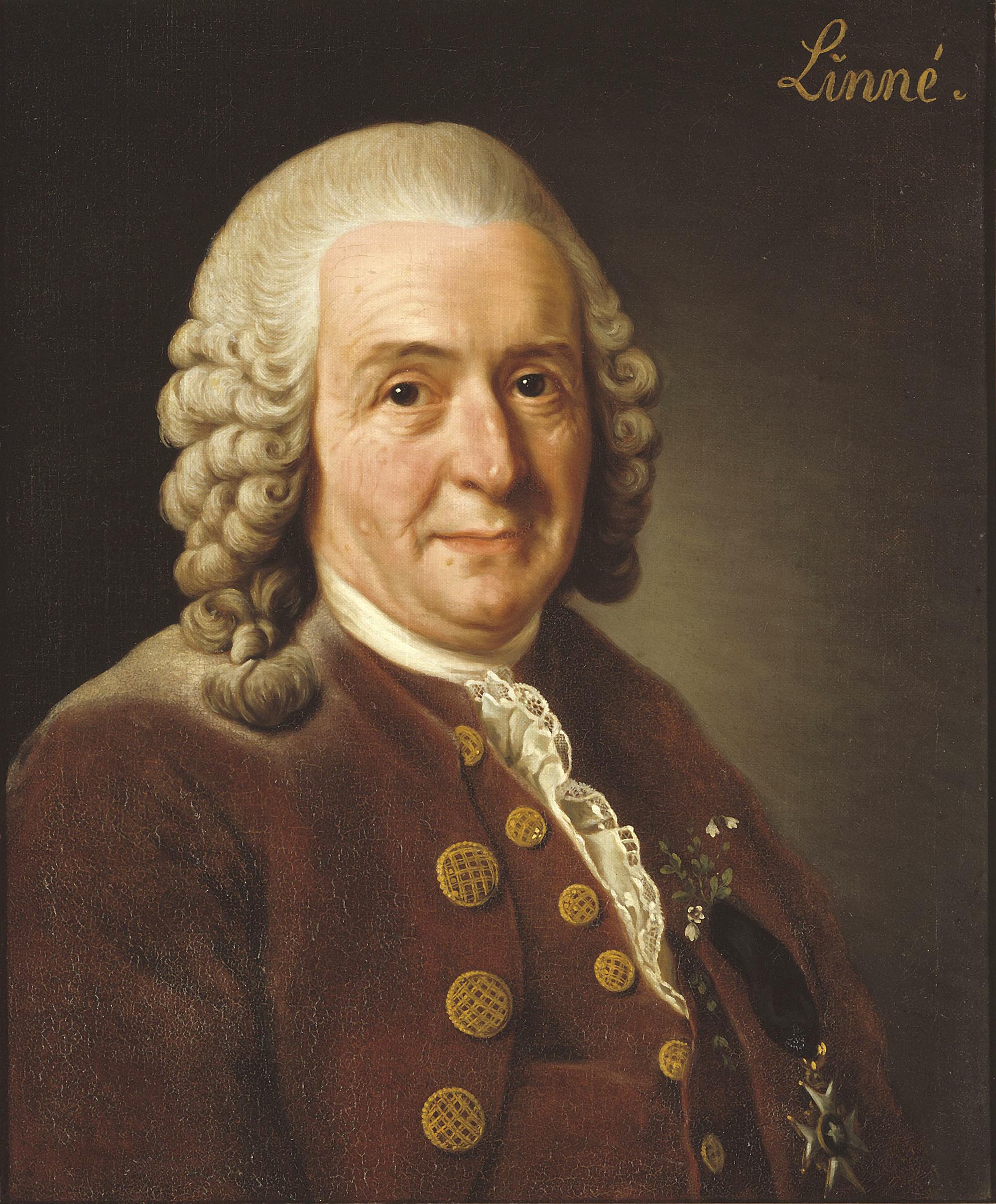
Carl Linnaeus – (1700s)
Carolus Linnaeus, (The Swedish father of Botany), also known after his ennoblement as Carl von Linné was a Swedish botanist, physician, and zoologist, who formalized the modern system of naming organisms called binomial nomenclature. He is known by the epithet "Father of Modern Taxonomy". Carl Linnaeus named “Cannabis Sativa” in 1753, the word Sativa comes from the Latin word for "cultivated". His system for naming, ranking, and classifying organisms is still in wide use today (with many changes). Generations of biologists during and after his own lifetime have been influenced by his ideas on classification. He impressed even those opposed to the philosophical and theological roots of his work.
Thomas Jefferson Grows Hemp at Monticello (1700)
Thomas Jefferson did grow hemp, as noted in his farming diaries from 1774-1824, but there is no evidence to suggest that Jefferson was a habitual smoker of hemp, tobacco, or any other substance. Some have pointed to a supposed reference in Jefferson's Farm Book to separating male and female hemp plants as evidence that he was cultivating it for purposes of recreational smoking; no such reference exists in Jefferson's Farm Book or any other document, although George Washington did record such a thing in his own diary.
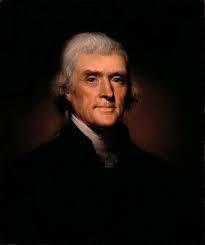
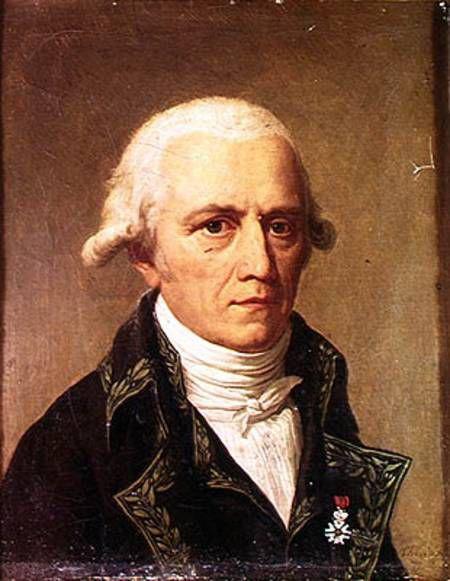
French Naturalist Jean-Baptiste Lamarck
In 1783, a second species of Cannabis was discovered by French Naturalist Jean-Baptiste Lamarck. Lamarck based his description of the newly named species on plant specimens collected in India. He stated the Cannabis Sativa plant found in Europe is different than the Cannabis plant in India and added the name Indica to distinguish between the two.
1800 Napoleon Invades Egypt
From 1798-1801, Napoleon Bonaparte led a campaign in Ottoman Egypt and Ottoman Syria, proclaiming to defend French trade interests, and to weaken Britain's access to British India. Napoleon invades Egypt with forces that include a scientific expedition team. In addition to discovering the Rosetta Stone, the team brings cannabis back to France in 1799.
French troops in Egypt noted that the Muslim locals smoked both the "seeds" of the hemp plant, as well as making a beverage from hemp. The Cannabis was investigated for its pain relieving and sedative effects in Europe and became more widely accepted in Western medicine. A number of cannabis preparations combined with other psychoactive plants have been recorded in Egypt, including Bosa (Cannabis combined with bearded darnel) and a water-pipe smoking blend combined with henbane.
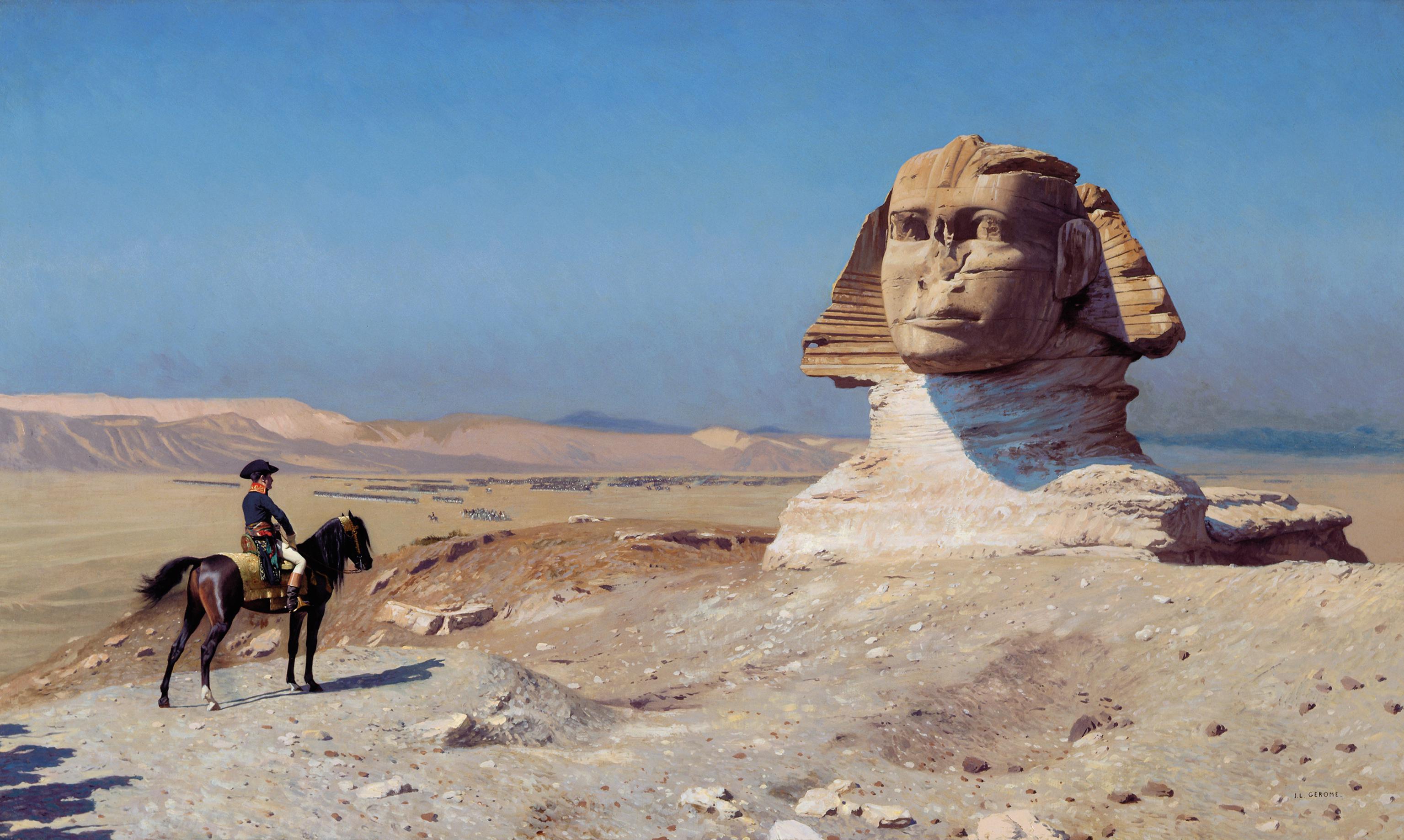
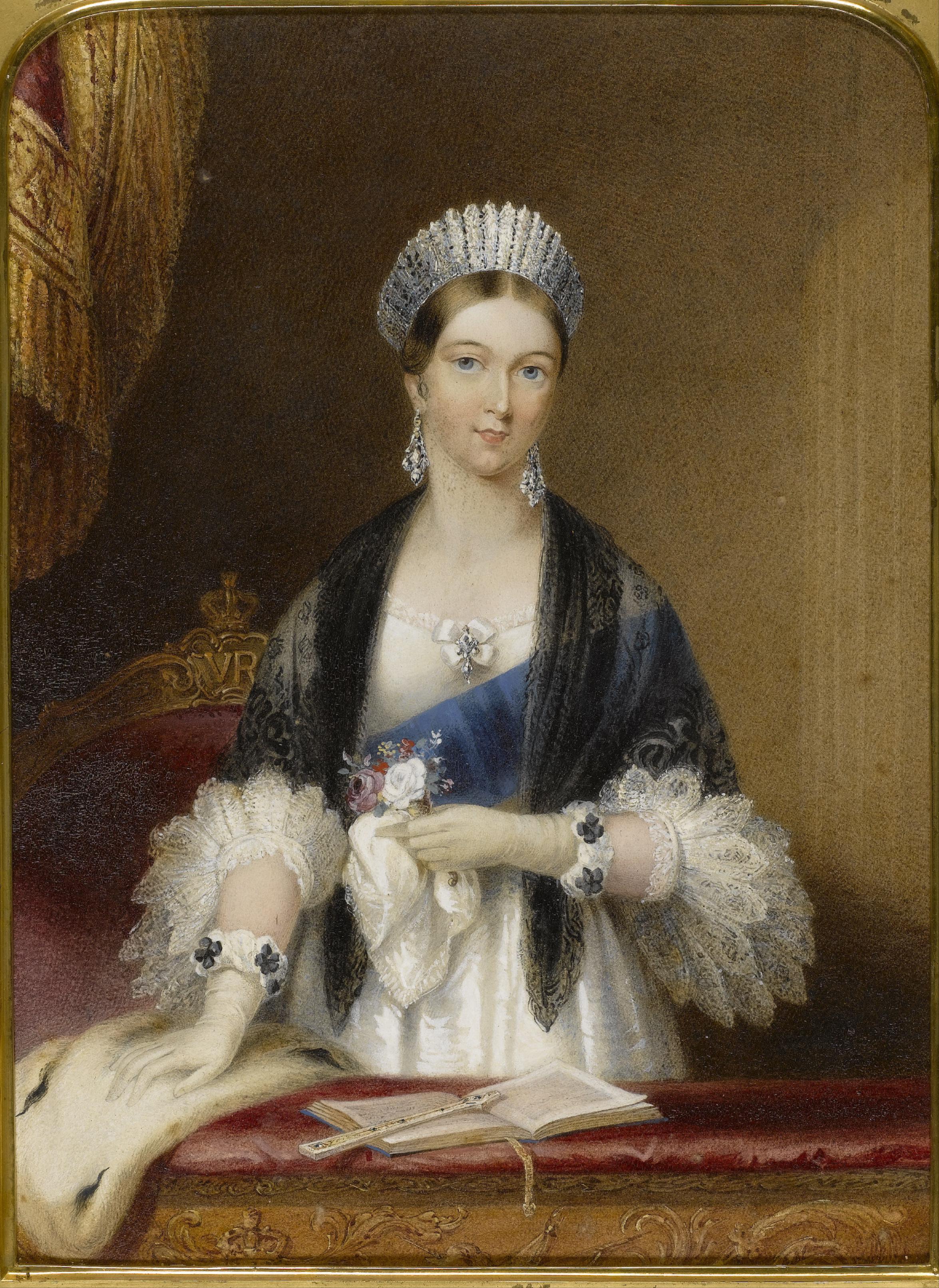
Victoria’s Secret (1800)
Cannabis was reintroduced into British medicine in 1842 by Dr. William O'Shaughnessy, an army surgeon who had served in India. In Victorian times, Cannabis (Hemp) was widely used for a variety of ailments, including muscle spasms, menstrual cramps, rheumatism, and the convulsions of tetanus, rabies and epilepsy; it was also used to promote uterine contractions in childbirth, and as a sedative to induce sleep.
It is said to have been used by Queen Victoria against period pains: there is no actual proof of this at all, but Sir Robert Russell, for many years served as her personal physician, wrote extensively on cannabis, recommending it for use in menstrual cramps. It was administered by mouth, not by smoking, but usually in the form of a tincture (an extract in alcohol). Cannabis extracts were also incorporated in many different proprietary medicines."
WB O’Shaughnessy (1809-1889)
1839, Irish physician WB O'Shaughnessy conducted the first clinical trials of cannabis preparations, by giving extracts and tinctures (of his own devising, based on native recipes) to some of his patients. O'Shaughnessy presented concise case studies of patients suffering from rheumatism, hydrophobia, cholera, and tetanus, as well as a 40-day-old baby with convulsions, who responded well to cannabis therapy, leaping from near death to "the enjoyment of robust health" in a few days.
1842, Irish physician WB O'Shaughnessy publishes cannabis research in English medical journals.
O'Shaughnessy's writing caused a sensation when it became widely available in England. He had introduced a wonder drug to treat some of the most awful medical conditions of the 19th century. Physicians throughout Europe and America tried cannabis for a huge variety of illnesses. As noted by Dr. Lester Grinspoon in “Marihuana Reconsidered (1971)”, "Between 1839 and 1900 more than one hundred articles appeared in scientific journals describing the medicinal properties of the plant."
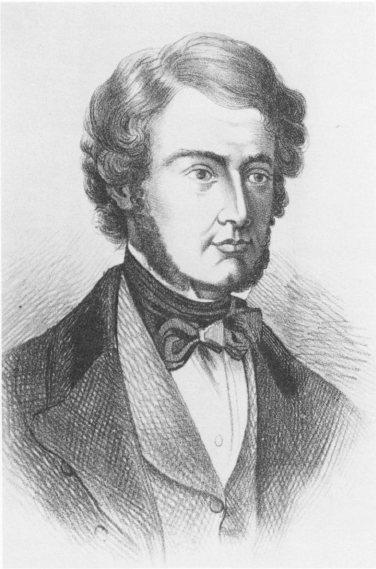
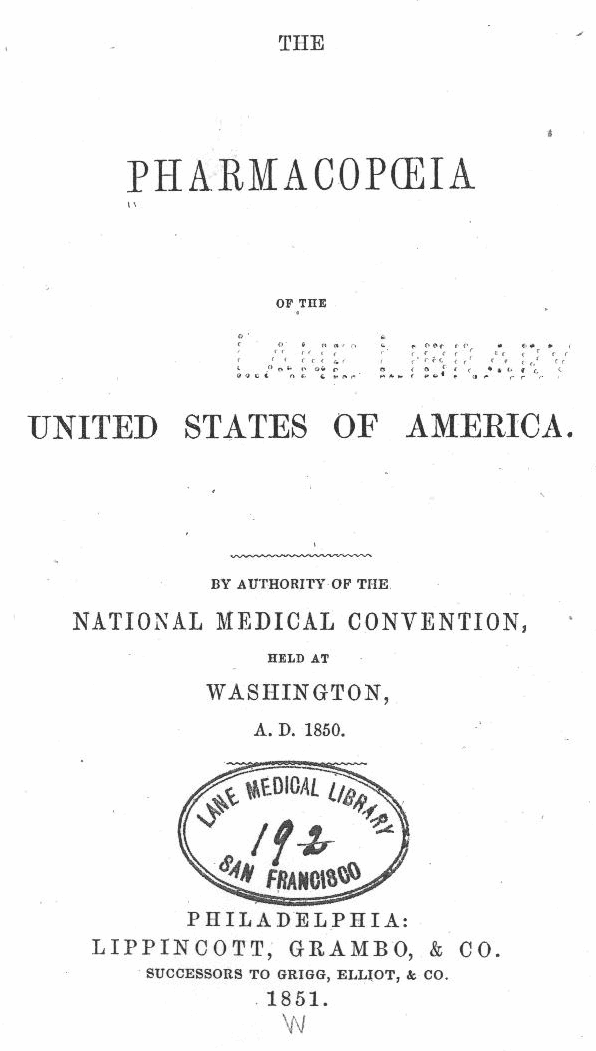
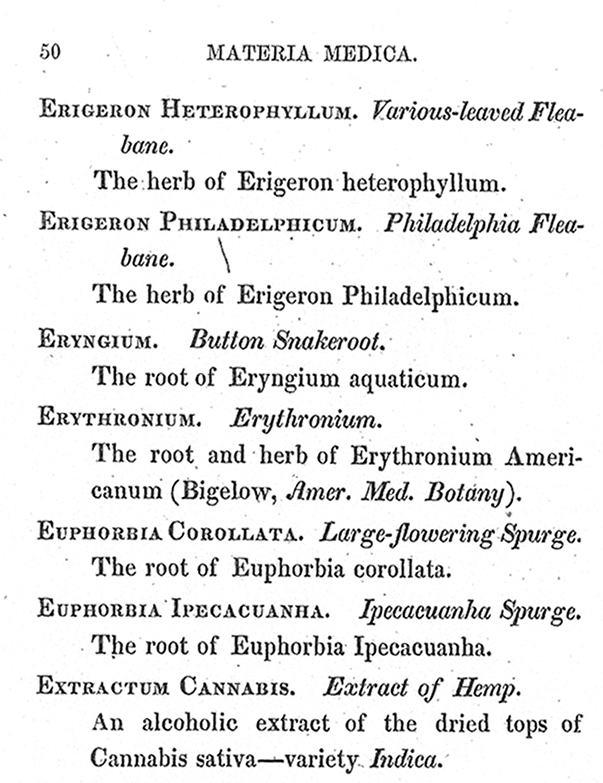
Cannabis is added to The U.S. Pharmacopoeia (1850)
Marijuana had made its way into the United States Pharmacopeia (an official public standards-setting authority for all prescription and over-the counter medicines), which listed marijuana as treatment for numerous afflictions, including: neuralgia, tetanus, typhus, cholera, rabies, dysentery, alcoholism, opiate addiction, anthrax, leprosy, incontinence, gout, convulsive disorders, tonsillitis, insanity, excessive menstrual bleeding, and uterine bleeding, among others. Patented marijuana tinctures were sold..."
Within a decade after O'Shaughnessy published his findings, Cannabis first made its way into the 1851 (3rd edition) of the U.S. Pharmacopoeia. The growth of its use and popularity was so fast that had the pharmacopoeia committee not convened only once every decade, it would most certainly been entered before then.
Recreational Marijuana Uses Spikes In The U.S. (1910-1920)
After the Mexican Revolution of 1910, Mexican immigrants migrated into the United States, introducing American culture to the recreational use of marijuana. The drug becomes associated with the immigrants, and the fear and prejudice about the Spanish-speaking newcomers became associated with marijuana. Anti-drug campaigners warned against the encroaching "Marijuana Menace," and terrible crimes were attributed to marijuana and the Mexicans who used it.
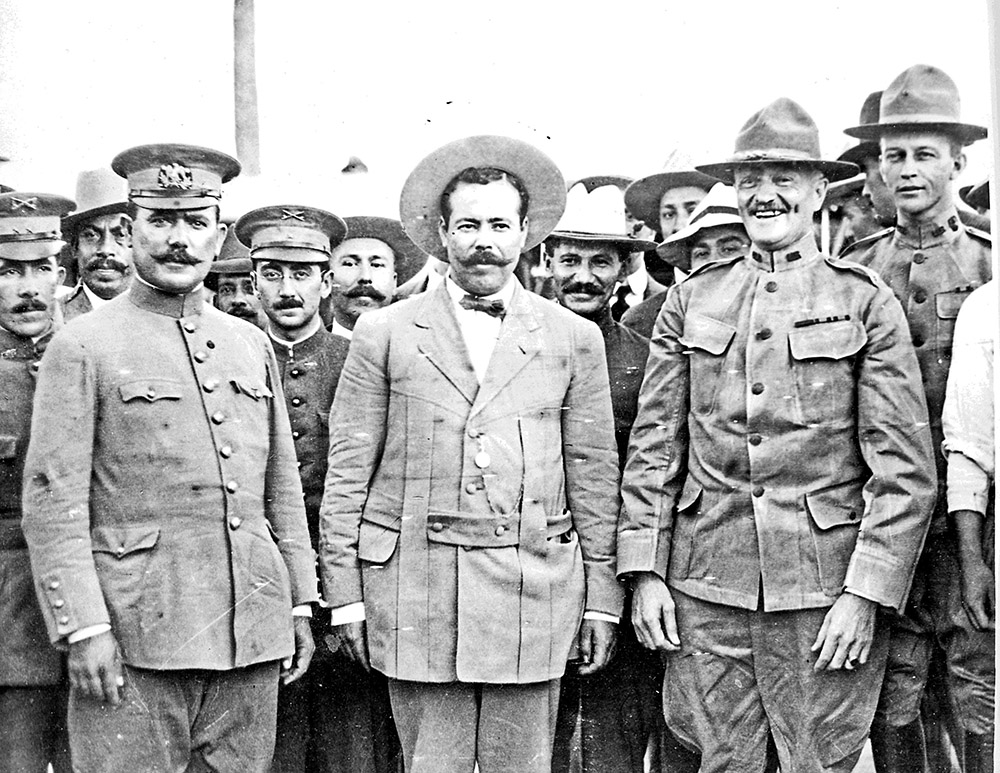
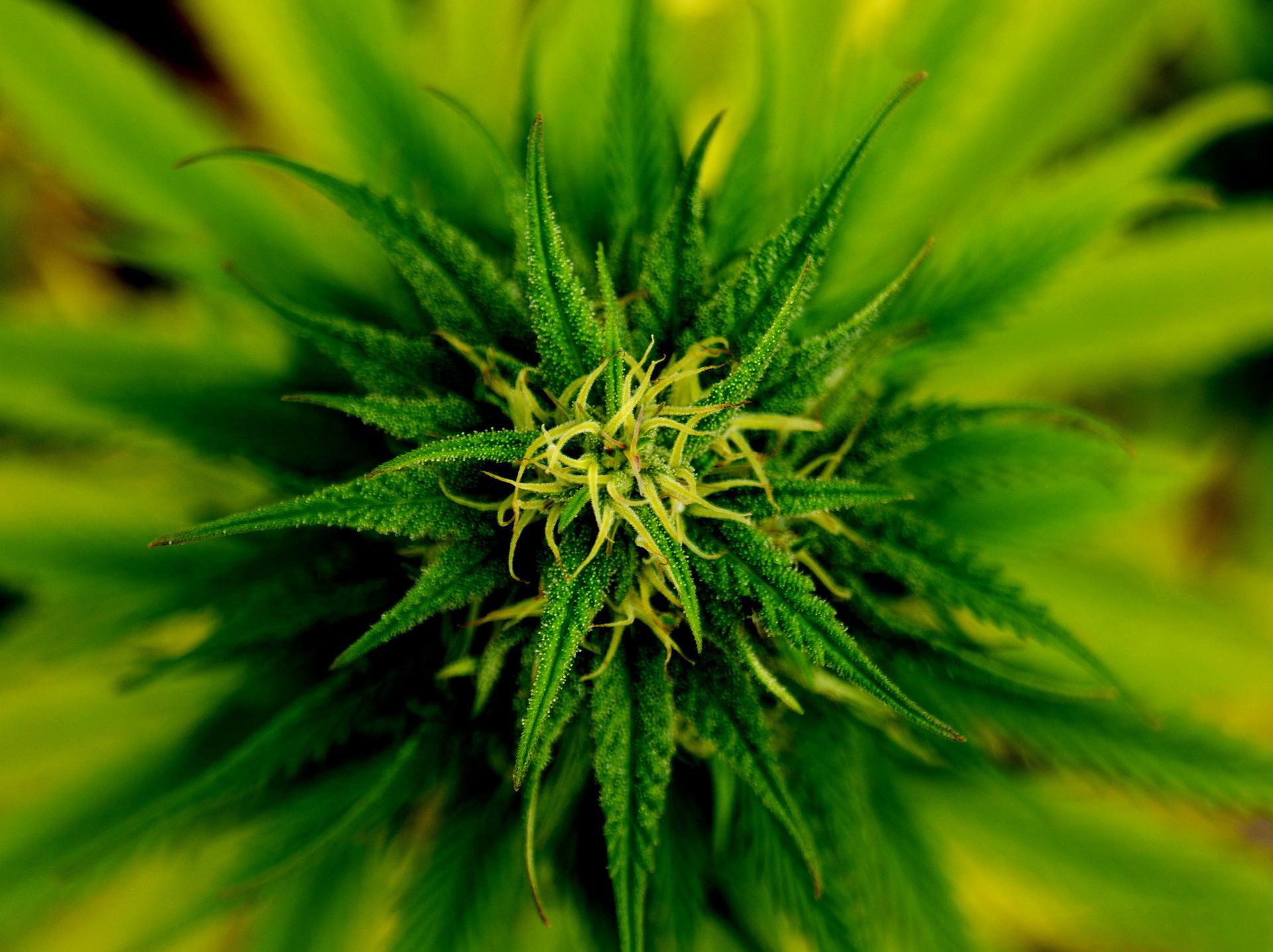
Russian botanists classify another major strain of the Cannabis plant (1924)
Cannabis Ruderalis was first scientifically identified in 1924 in southern Siberia, although it also grows wild in other areas of Russia. The Russian botanist, D.E. Janischevisky, was studying wild Cannabis in the Volga River system and realized he had come upon a third species. Cannabis Ruderalis is a hardier variety grown in the northern Himalayas and southern states of the former Soviet Union, characterized by a more sparse, "weedy" growth. Cannabis Ruderalis has a lower THC content than either Cannabis Sativa or Cannabis Indica, so it is rarely grown for recreational use and the shorter stature of Cannabis Ruderalis limits its application for hemp production. Cannabis Ruderalis strains are high in the cannabіnoid cannabidiol, so they are grown by some medical marijuana users. Cannabis ruderalis is traditionally used in Russian and Mongolian folk medicine, especially for uses in treating depression. Cannabis ruderalis is not used as a recreational drug because of the low THC content
Harry J. Anslinger Appointed Commissioner of the Federal Bureau of Narcotics (1930’s)
Harry J. Anslinger Appointed Commissioner of the Federal Bureau of Narcotics
In 1930, Congress consolidated the drug control effort in the Federal Bureau of Narcotics, led by the endlessly resourceful commissioner, Harry Jacob Anslinger, who became the architect of national prohibition. His case rested on two fantastical assertions: that the drug caused insanity; that it pushed people toward horrendous acts of criminality.
Oct. 1937 - "Marihuana Tax Act" Leads to Decline in Marijuana Prescriptions
Spurred by spectacular accounts of marijuana's harmful effects on its users, by the drug's alleged connection to violent crime, and by a perception that state and local efforts to bring use of the drug under control were not working, Congress enacted the Marihuana Tax Act of 1937. Promoted by Harry Anslinger, Commissioner of the recently established Federal Bureau of Narcotics, the act imposed registration and reporting requirements and a tax on the growers, sellers, and buyers of marijuana. Although the act did not prohibit marijuana outright, its effect was the same. (The Marihuana Tax Act was the federal government’s first attempt to regulate marijuana.)
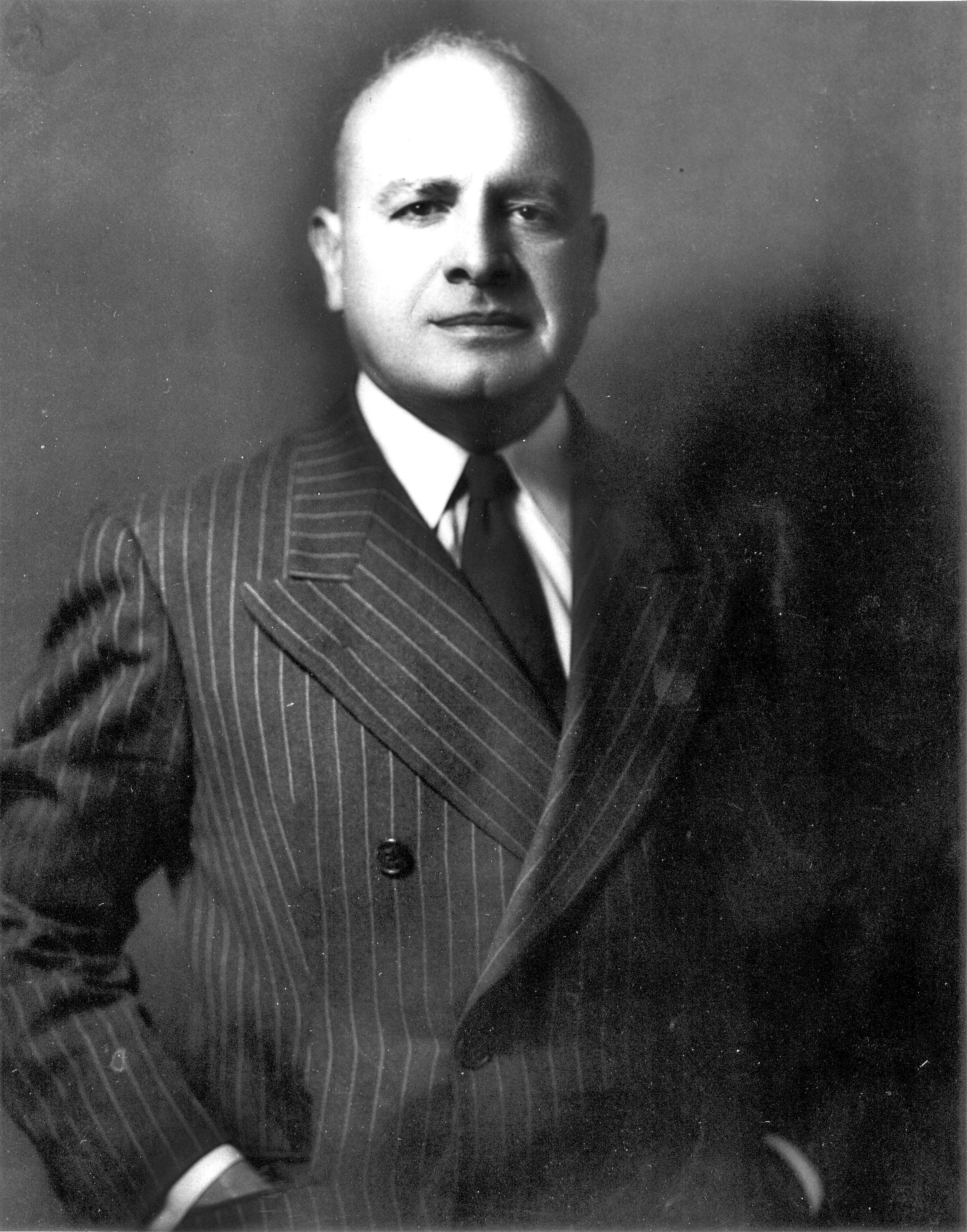
Hollywood Propaganda Films (1936-1950)
1936 - Reefer Madness Films Cautions Against Marijuana
Reefer Madness Series are morality tales of how Reefer Addiction ruins the life of its young protagonists and gets a lot of other people killed, sexually compromised and/or committed to insane asylums. Reefer Madness began its cinematic life as a 1936 cautionary film entitled Tell Your Children. It was financed by a small church group, intended to scare every parent who viewed it. Soon after the film was shot, however, it was purchased by the notorious exploitation film maestro Dwain Esper, who took the liberty of cutting in salacious insert shots and slapping on the sexier title of Reefer Madness, before distributing it on the exploitation circuit.
"On the day the Marijuana Tax Stamp Act was enacted -- Oct. 2, 1937 -- the FBI and Denver, Colo., police raided the Lexington Hotel and arrested Samuel R. Caldwell, 58, an unemployed labourer and Moses Baca, 26. On Oct. 5, Caldwell went into the history trivia books as the first marijuana seller convicted under U.S. federal law. His customer, Baca, was found guilty of possession...
Caldwell was sentenced to four years of hard labour in Leavenworth Penitentiary, plus a $1,000 fine. Baca received 18 months incarceration. Both men served every day of their sentence. A year after Caldwell was released from prison, he died.

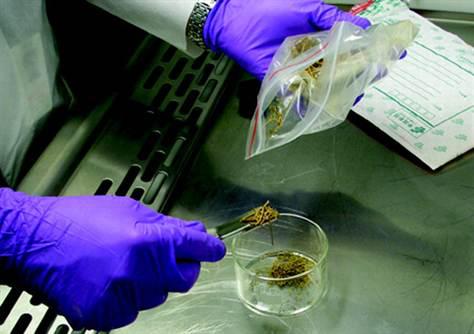
2000s
In 2008, a stash of cannabis was found dating 2,700-year-old in a grave of a man buried in the Gobi Desert. Scientists are unsure if the marijuana was grown for more spiritual or medical purposes, but it's evident that the man was buried with a lot of it.
